In the United States, Supplemental Security Income (SSI) is a monthly payment that helps millions of low-income individuals, senior citizens, and people with disabilities.
Usually, the payment schedule is the same every month. But sometimes, due to weekends or holidays, the Social Security Administration (SSA) changes the dates. This can confuse some people, especially when two payments arrive in one month.
That’s exactly what will happen in May 2025, when SSI recipients will receive two payments instead of one. This isn’t a bonus or extra money — it’s an early payment for the next month, June.
Why Are There Two SSI Payments in May?
The SSA has a rule: if the 1st of a month falls on a weekend or holiday, then the payment is sent on the last business day of the previous month. In June 2025, the 1st is on a Sunday. So, instead of sending the June payment on that day, the SSA will send it early — on May 30.
This means you will get two payments in May: May 1 — Regular May SSI payment
May 30 — Early June SSI payment
But keep in mind, you will not receive any SSI payment in June, since it was paid in advance.
How Much Can You Receive in May 2025?
If you qualify for the maximum SSI payment, here’s what you could receive:
- Individual: Up to $943 per payment → $1,886 total in May
- Eligible Couple: Up to $1,450 per payment → $2,900 total in May
These are maximum values and may vary based on your income, living situation, and marital status.
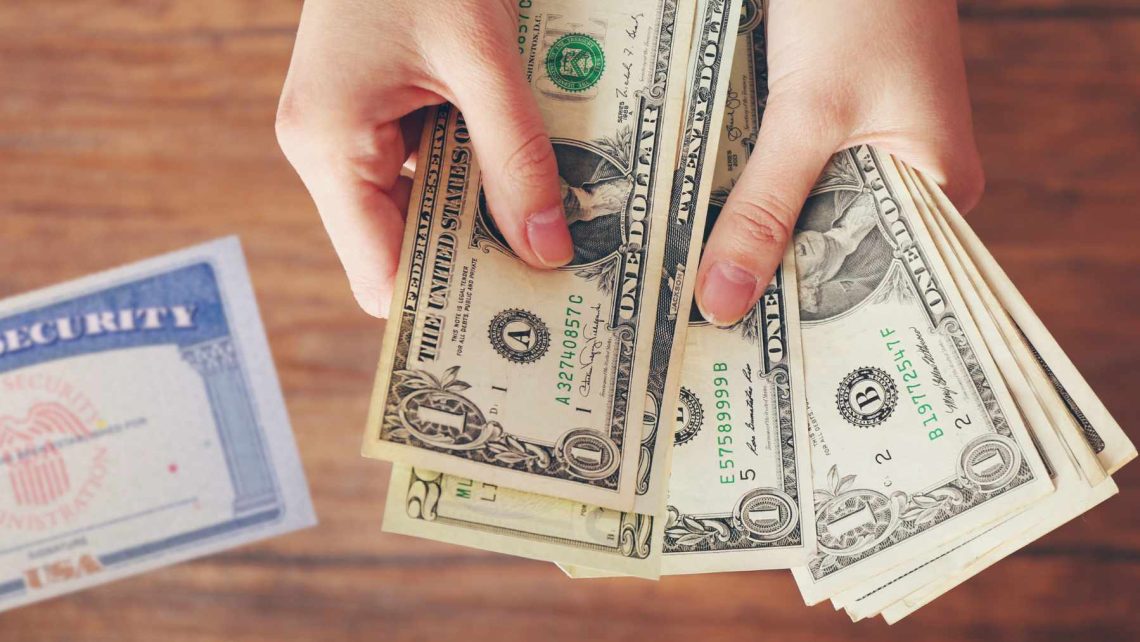
Who Can Get SSI Payments?
To receive SSI, you must meet two main conditions:
- You are 65 or older, OR have a disability
- You have low income and limited assets
For 2025, to qualify as an individual, your resources (like cash or bank balance) should be less than $2,000. For couples, the limit is $3,000. Some support, like SNAP (food stamps) or housing aid, may not count as income.
How to Get Closer to the Maximum SSI Payment
If you want to receive the highest possible amount, here’s what you should do:
- Make sure you don’t have extra income — it lowers your SSI amount
- Report your living arrangements and marital status properly
- Avoid shared expenses if possible — they can affect how much you get
- Keep your details updated with the SSA — incorrect info can reduce payments
The SSA checks your details regularly. If your information is outdated or incorrect, your payment might be reduced, delayed, or even stopped.

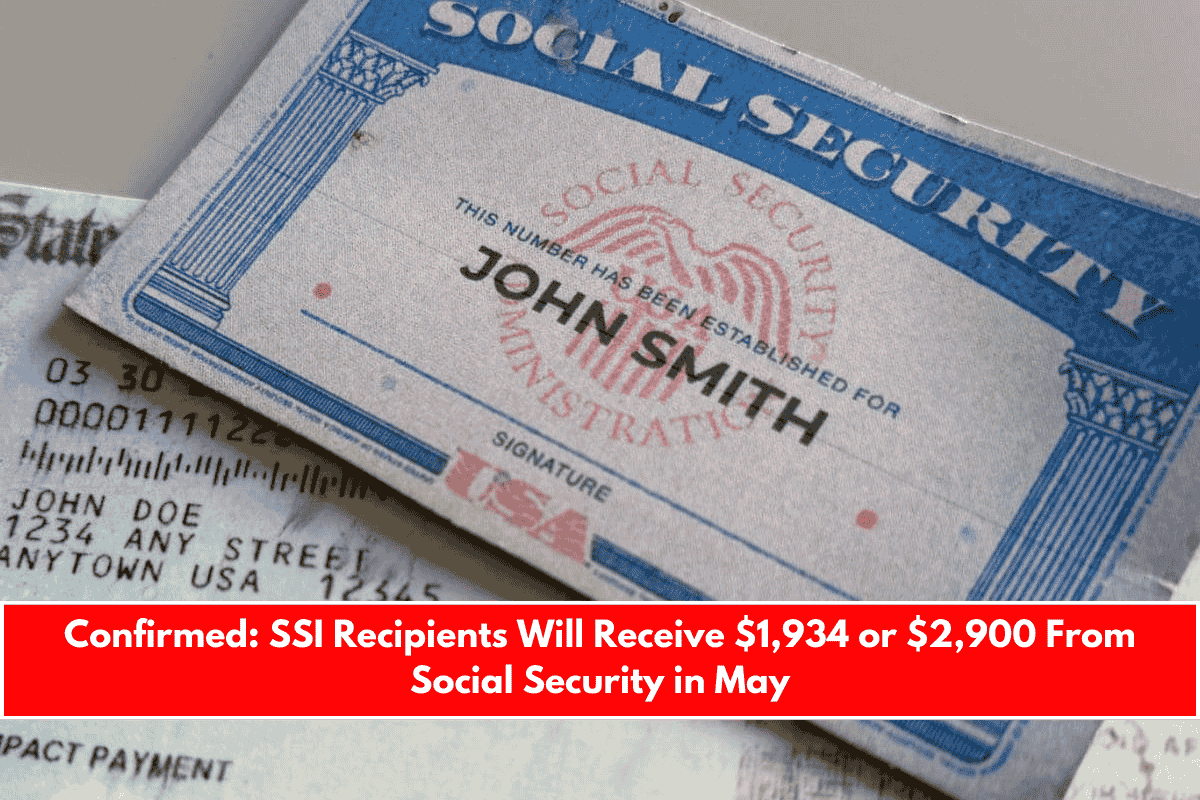
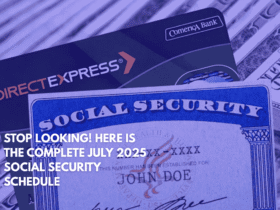




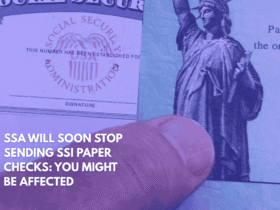
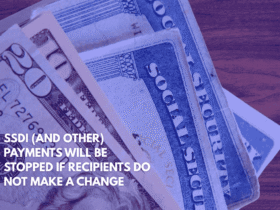
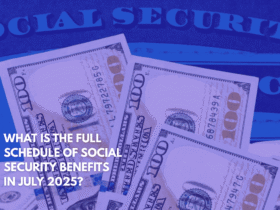
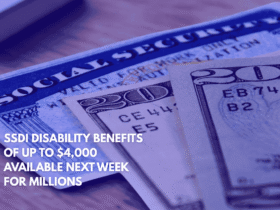
Leave a Reply